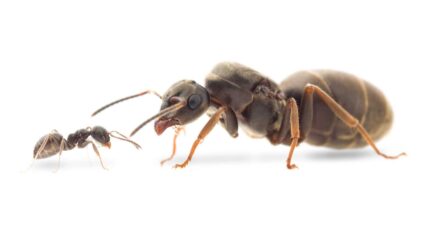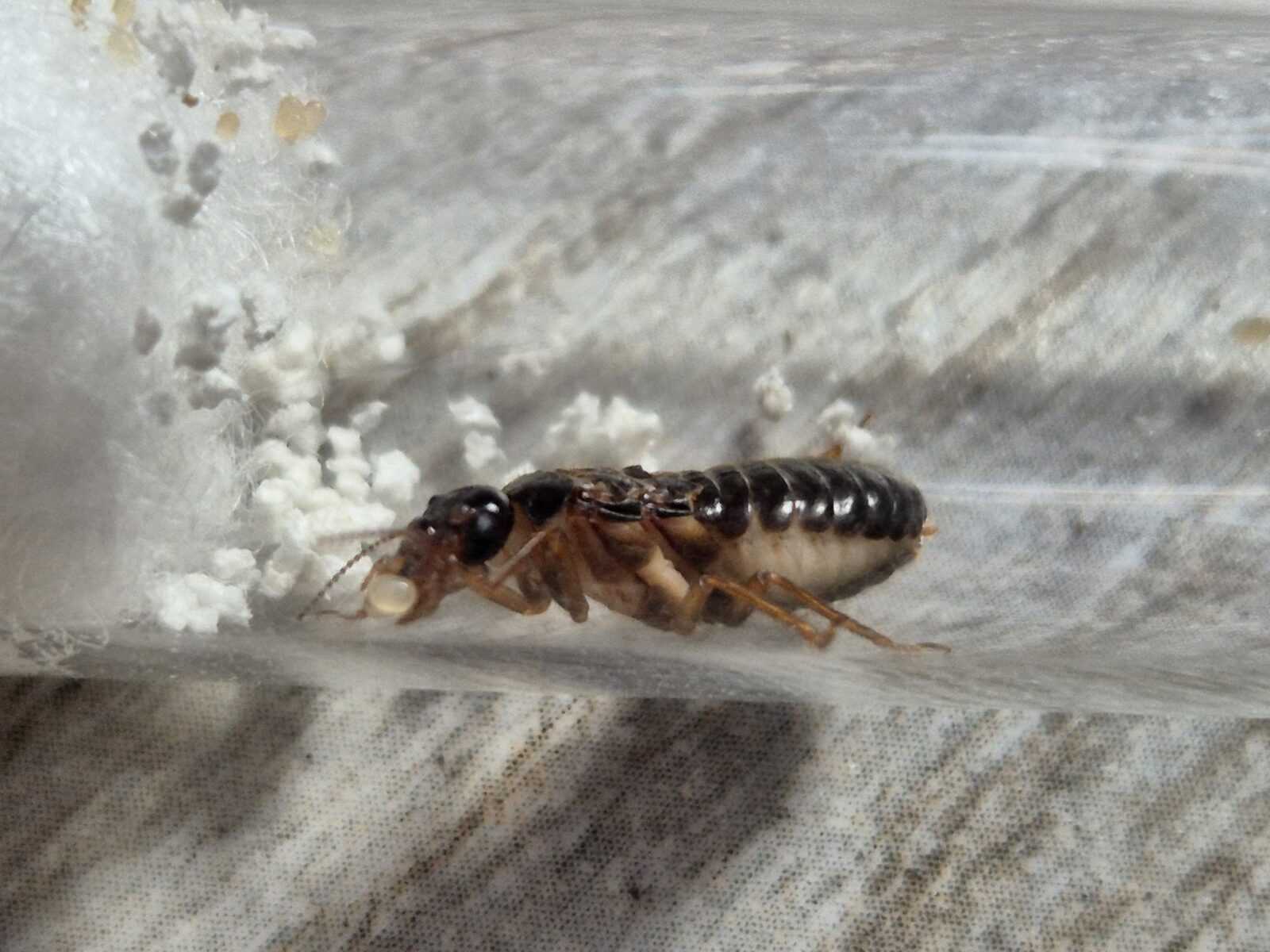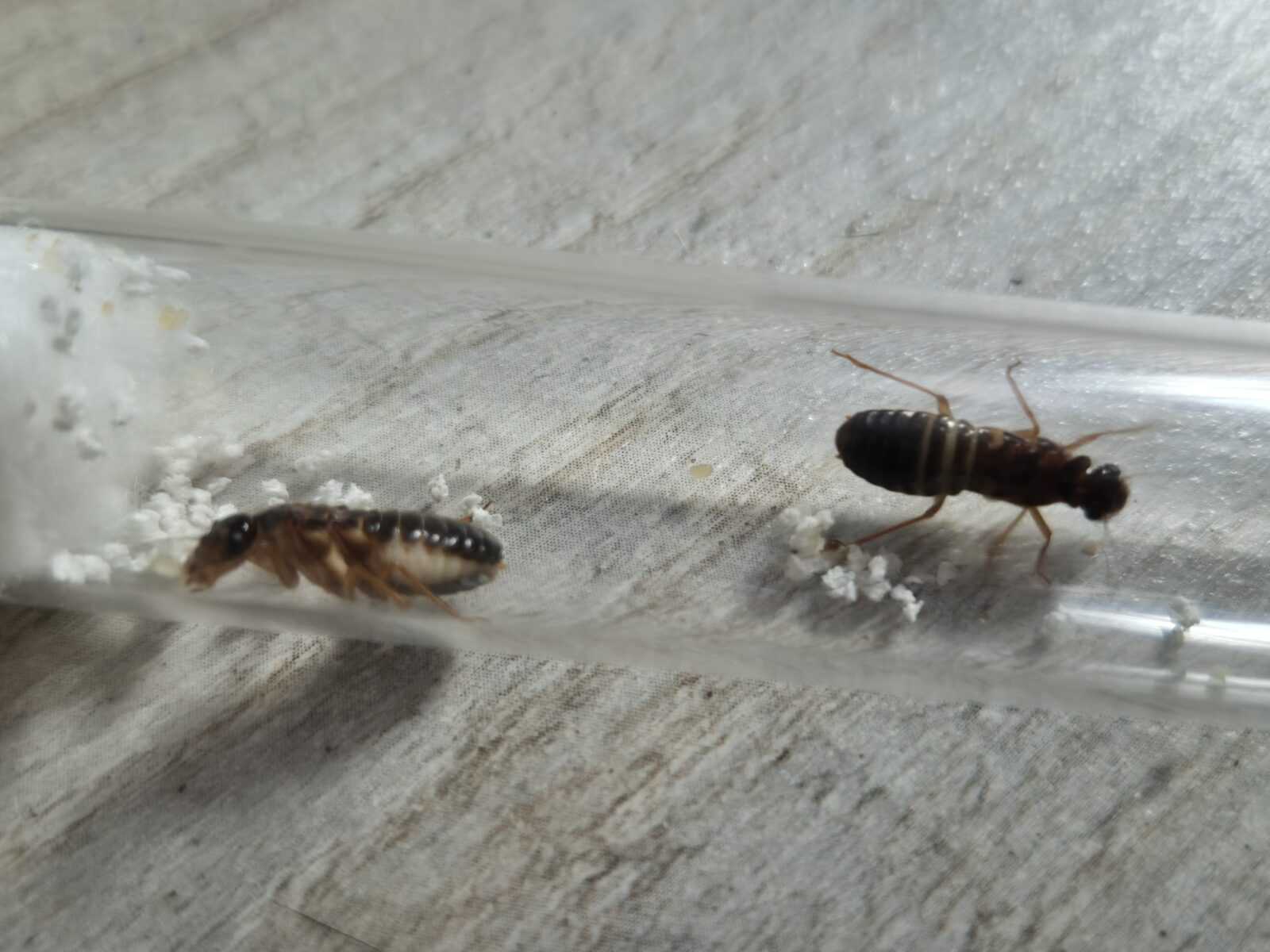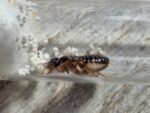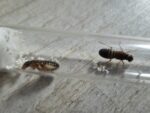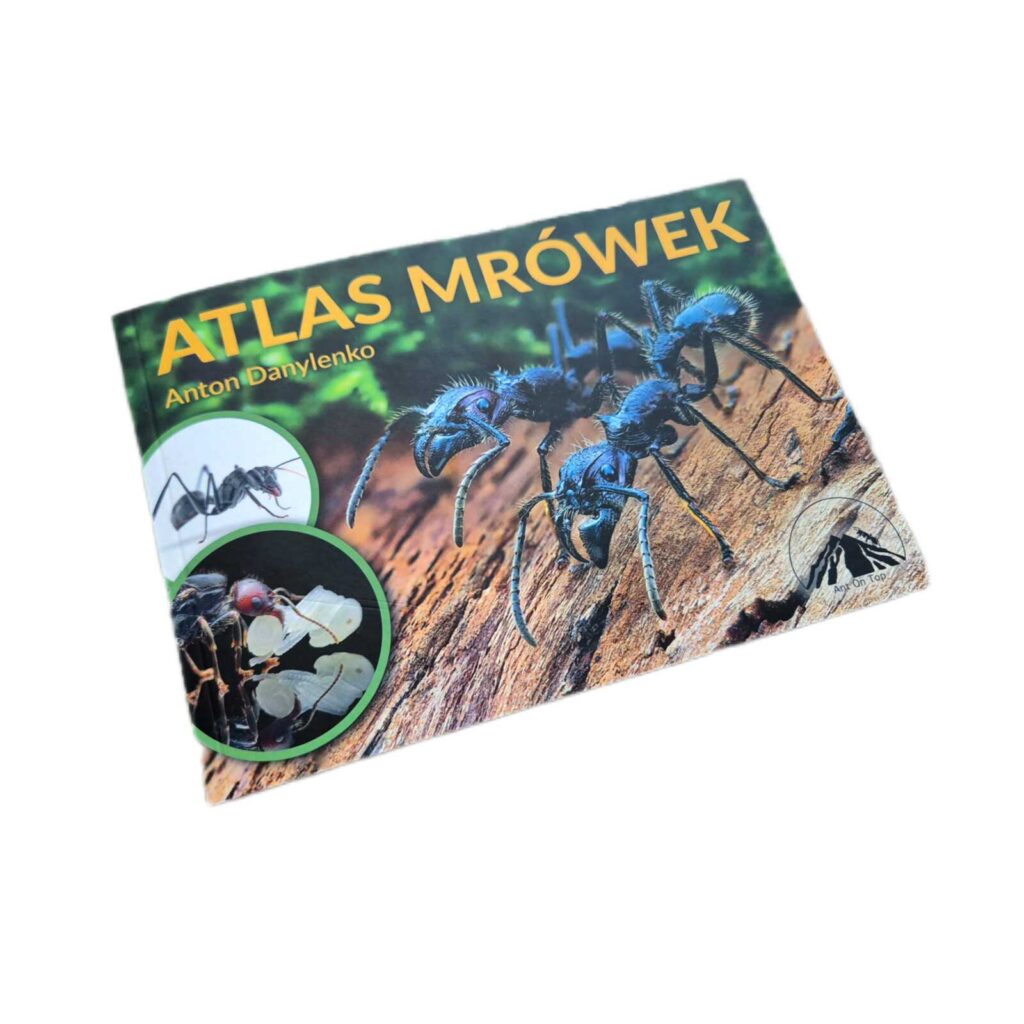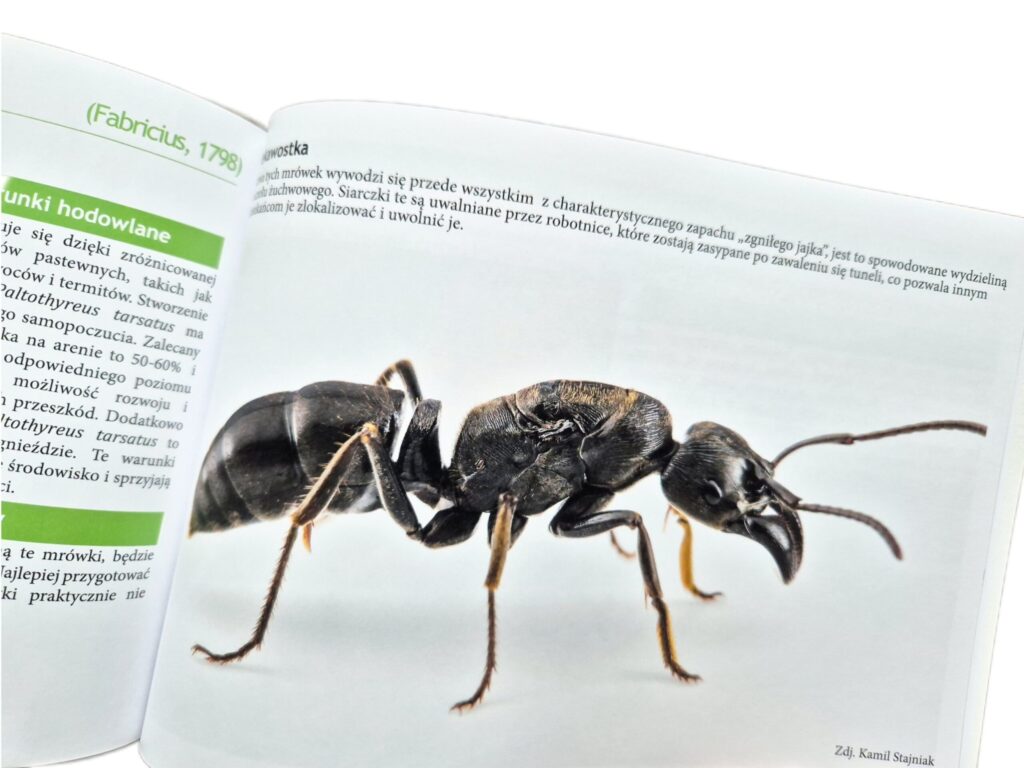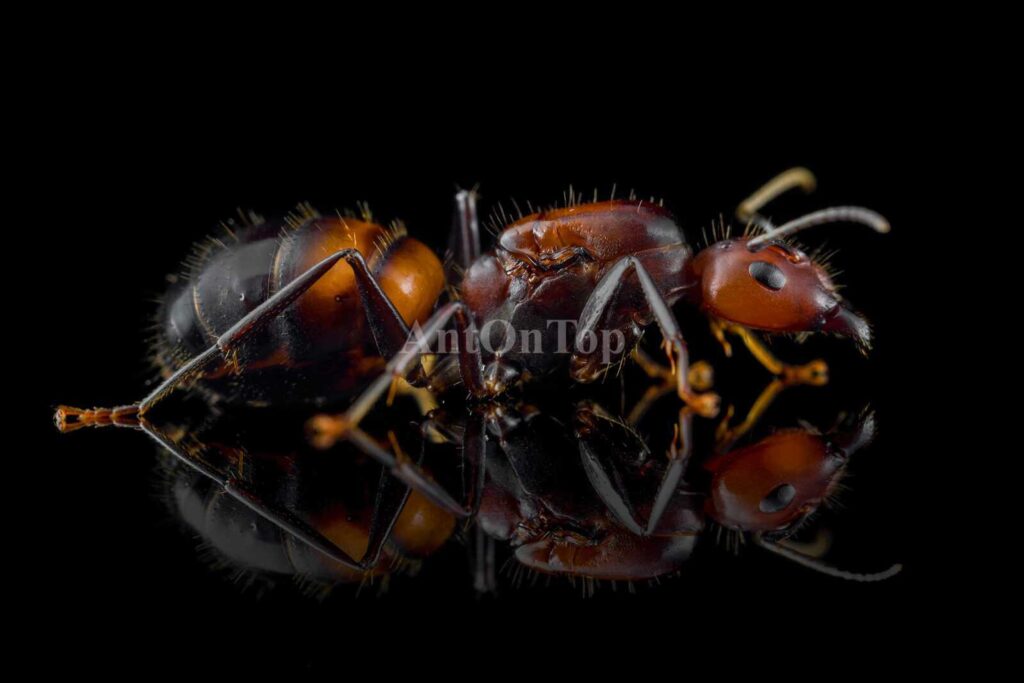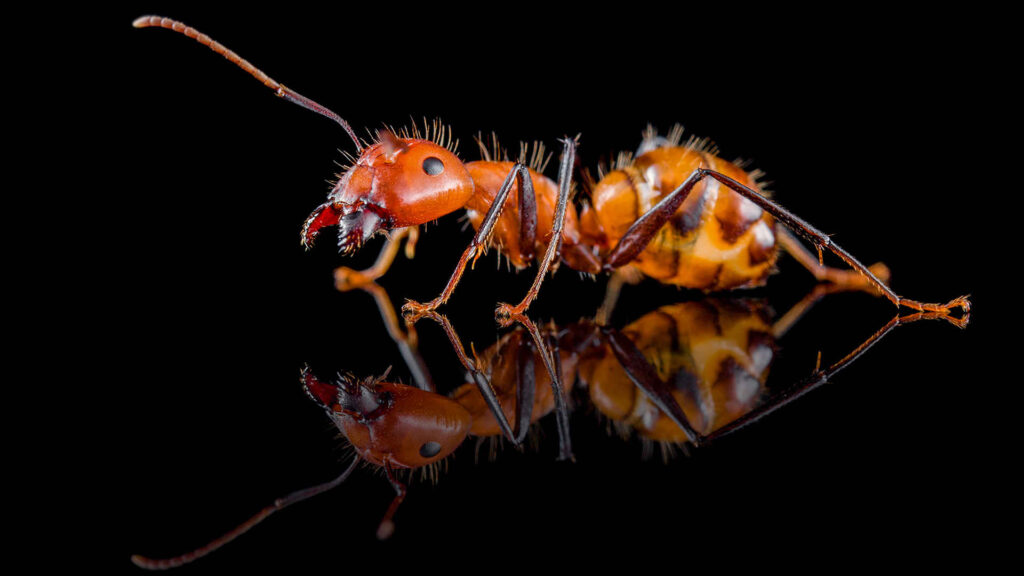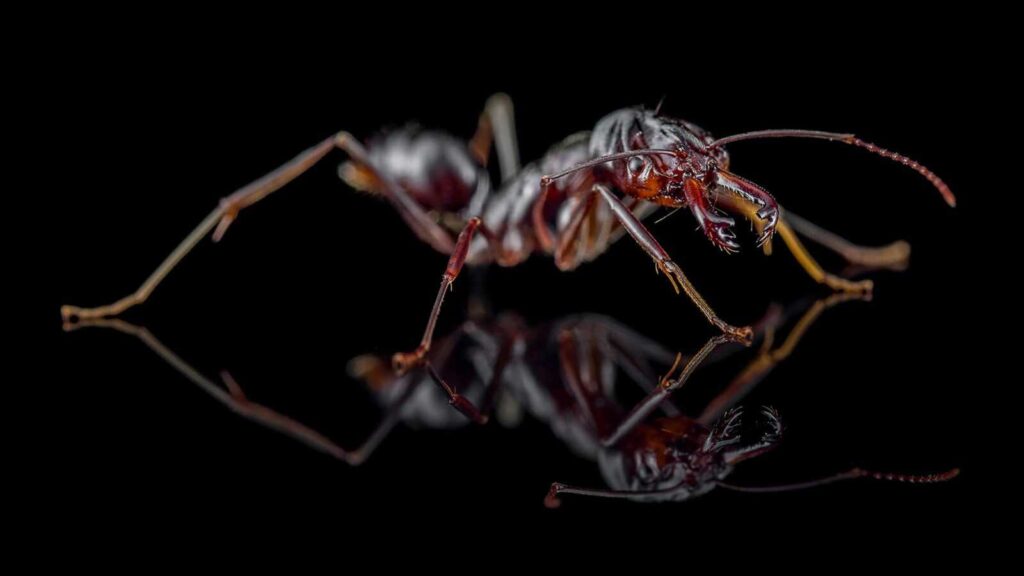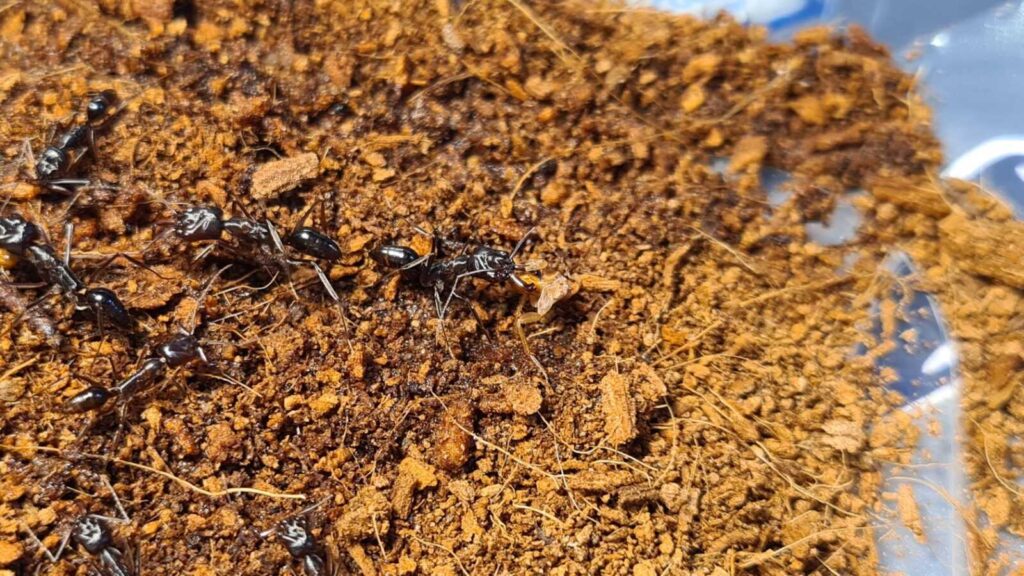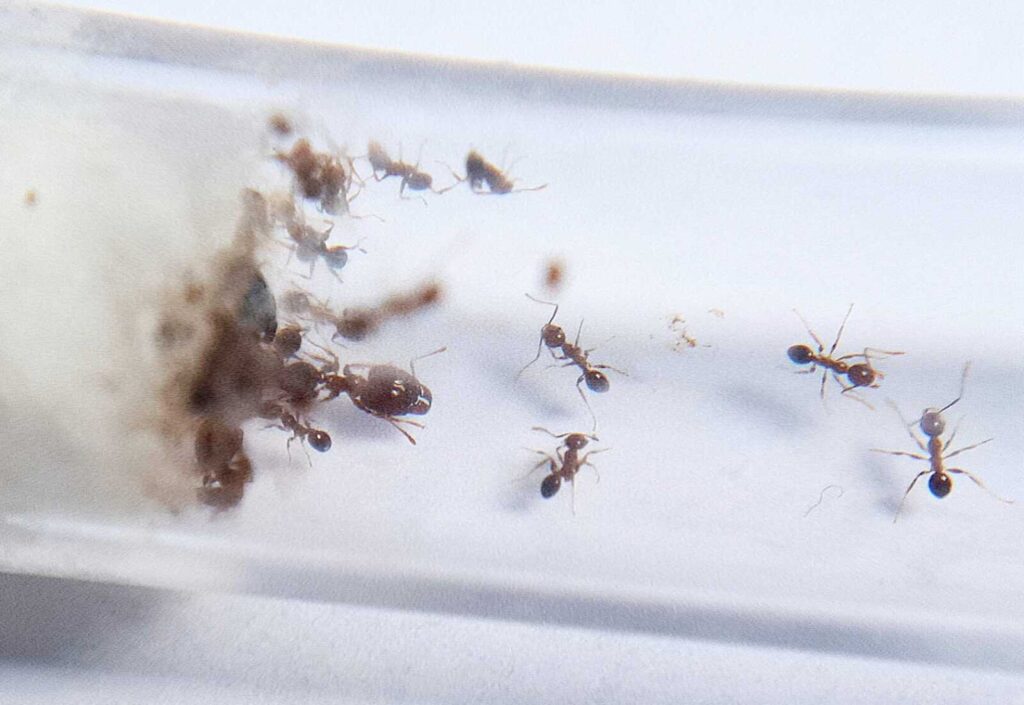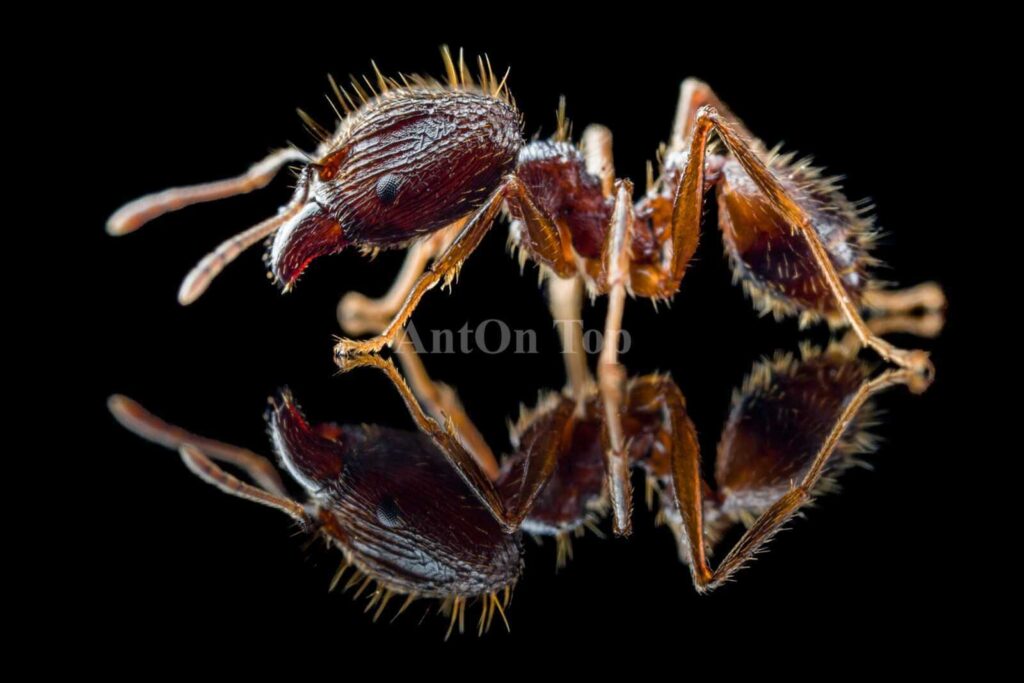Macrotermes gilvus
399,90 zł – 499,90 zł
Worldwide shipping
Free delivery over 500 PLN
The highest quality of goods
Live delivery guarantee
24/7 Personal Support
Fair Prices
Description
Macrotermes cf. carbonarius is a species of large termites found in tropical regions. They are known for their unique characteristics and behaviors. The workers typically measure around 3-4 millimeters in size.
Additional information
| Behavior | |
|---|---|
| Difficulty in breeding | |
| The size of ants | |
| Wintering |
Macrotermes gilvus: A Remarkable Species of Termite with Impressive Size and Behaviors
Macrotermes gilvus is a remarkable species of termite renowned for its impressive size and unique behaviors. These termites primarily inhabit tropical regions and are easily distinguishable due to their distinct characteristics.
Size of Macrotermes gilvus
In comparison to other termite species, Macrotermes gilvus is relatively large. The workers typically measure around 3-4 millimeters in length, while the soldiers can reach an even greater size of up to 6 millimeters. However, the true giants of the colony are the king and queen, also known as the royal pair, who can measure an astounding 10-12 millimeters in length.
Color of Macrotermes gilvus
The coloration of Macrotermes gilvus varies among the different castes within the colony. The workers and soldiers generally possess a pale yellowish hue, while the royal pair features a striking darker brown or black coloration. These distinct colors make it easier to identify the various roles within the termite society.
Behavior of Macrotermes gilvus
The behavior of Macrotermes gilvus is nothing short of fascinating and intriguing. These termites reside in massive colonies consisting of thousands, and in some cases even millions, of individuals. These colonies are incredibly well-organized, with each caste assigned specific tasks and responsibilities, ensuring efficient operations within the termite society.
Workers
The workers are the backbone of the colony, tirelessly working to gather food, maintain the nest, and care for the young termites. They exhibit an extraordinary capacity for construction, meticulously crafting intricate and expansive mounds that can reach impressive heights. These mounds are not merely a byproduct of their activities; they serve as vital elements of the termite’s survival strategies.
Soldiers
Macrotermes gilvus soldiers, with their large size and robust mandibles, boast the role of protecting the colony from potential threats. They stand resolute at the colony’s entrances, warding off adversaries such as ants or other invading termites. The soldiers’ formidable appearance and defensive abilities reinforce the security of the colony.
Reproductive Royalty
The king and queen, or the reproductive royalty, fulfill the crucial role of perpetuating the colony. These regal termites, much larger than their worker and soldier counterparts, are solely responsible for the reproduction and expansion of the Macrotermes gilvus population. The queen, in particular, exhibits an astonishing feat of procreation, capable of laying thousands of eggs per day, ensuring the longevity and prosperity of the colony.
The nest
of Macrotermes gilvus is an architectural marvel, showcasing the collective efforts of the termite workforce. These nests, commonly referred to as mounds, are not mere heaps of soil; they are carefully designed structures that offer optimal conditions for the colony’s survival.
The mound provides a controlled environment for the termites, regulating temperature and humidity levels. The mound’s intricate network of tunnels and chambers allows for efficient ventilation and transportation within the colony, facilitating communication and the distribution of resources. Furthermore, the mound’s external features serve as protection against potential threats, such as flooding or predators, safeguarding the colony’s inhabitants.
Macrotermes gilvus termites are fascinating creatures that contribute to the delicate balance of their ecosystem. Despite their reputation as pests due to their propensity for infesting wooden structures, these termites play a vital role in the natural decomposition process. By breaking down dead plant material, they aid in nutrient recycling, enriching the soil and supporting the growth of other organisms.
In the wild, Macrotermes gilvus is an integral part of the biodiversity of tropical regions. Their complex behavior, ecological contributions, and sheer architectural brilliance make them a subject of interest and study for researchers, scientists, and enthusiasts alike.
In conclusion
Macrotermes gilvus is a captivating species of termite known for its impressive size and remarkable behaviors. From their intricate mounds to their well-organized society, these termites showcase nature’s ingenuity. As we continue to explore and appreciate the intricate workings of Macrotermes gilvus colonies, we gain a deeper understanding of the ecological importance and beauty of these extraordinary creaturesTo learn more about termites and their fascinating behaviors, explore our collection of termite accessories on our website.
2 Queens mean King and Queen


